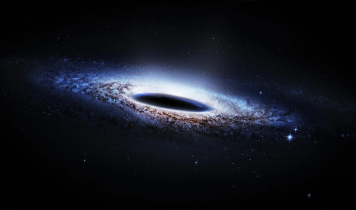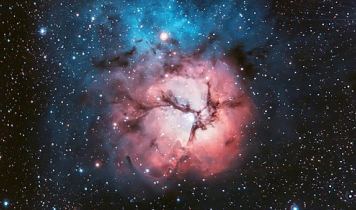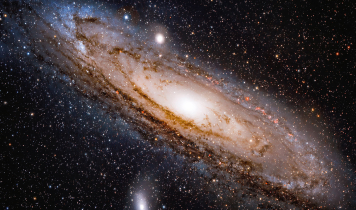Black holes
The largest, are supermassive black holes, whose mass can reach even millions of times that of the Sun. A black hole is a region of spacetime where gravity is so strong that nothing, is capable of possessing enough energy to escape it.
Nebula
True color image of the Triffid Nebula showing complex gas and plasma structure. A nebula is a distinct luminescent part of interstellar medium, which can consist of ionized, neutral, or molecular hydrogen and also cosmic dust.
Andromeda Galaxy
The closest spiral galaxy, similar to the Milky Way. The Andromeda Galaxy is a barred spiral galaxy and is the nearest major galaxy to the Milky Way. It was originally named the Andromeda Nebula.









